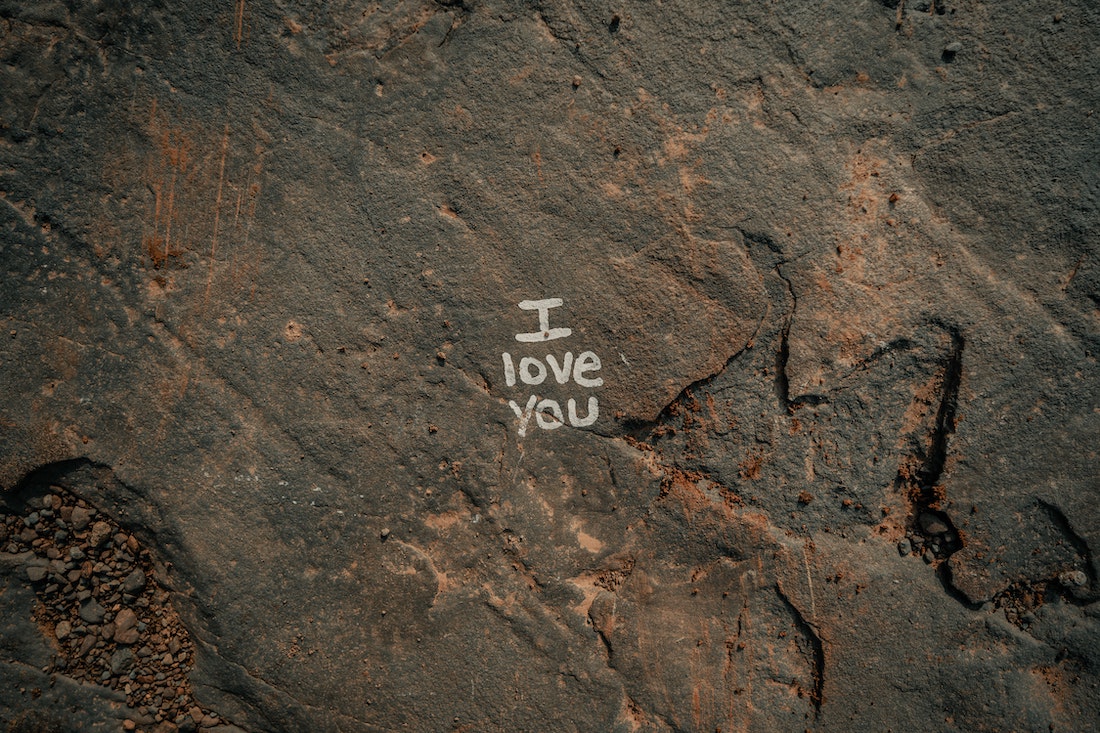I attended a ranger plan not too long ago dealing with Leave No Trace. The ranger showed a photo of rock artwork, or “ancestral inscriptions” as archaeologists often refer to the exercise.
We agreed that a person does not contact or normally deface it. Then she flashed a shot of some contemporary graffiti nearby — believe of a heart, two names and the term “forever.” “Is this Ok?”
“No” was the response that arrived very easily from all of us. “But why? Is not it just modern day rock art?” she questioned.
Without a doubt. Why are 800-year-previous handprints sacrosanct, but not if hacked on to rock walls on public land now? At Capitol Reef Nationwide Park in Utah, 19th century pioneers scratched their names and the date into the rocks. Why is this a no-no for the fashionable customer?
The pioneers endured drought, famine, illness, and death in purchase to get to the West and scratch their names on the wall. The contemporary hiker experienced to travel 100 miles from the airport in air conditioning and then stroll a good fifty percent-mile. Isn’t that “suffering” just as vital?
One particular difference might be that now we have the penned word, video clips, social media and weblogs to maintain our encounters with nature for eternity. 4 thousand many years ago, the only way some individuals had to express themselves was by drawing on the rocks.
Stacking up rocks, portray rocks, scratching poetry into the walls — it is all component of the “look at me!” culture.
A person could argue that ancient rock artwork is also sacred, places of electric power that document the history of the individuals. However some modern-day-day hikers assert that they, as well, maintain the land sacred, and that their writings on rock also document their record.
There are spots in our general public lands that are nicely-acknowledged worship sites. Devil’s Tower in Wyoming. Deer Creek narrows in the Grand Canyon. The Sacred Salt Mines on the Colorado River. But when the Park Company tries to near them to readers to safeguard them, there is a hue and cry: “This land is just as significant to me as it was to them!”
I take into account wilderness areas to be religious. But stating they are “sacred” to me would drive the boundary. Appreciation and worship are not the exact. I would posit that as dearly as I hold the Grand Canyon in my heart, the Grand Canyon is not the tradition in which I was elevated, and I simply cannot, as the Hopi and Zuni can, assert the canyon to be my area of emergence.
I was after privileged to show up at a tour of rock artwork websites led by a Hopi. A New Age visitor proudly announced that her spirit tutorial was a Hopi shaman. I cringed, but our information just nodded politely.
For too a lot of yrs, there existed a team of Anglo businessmen in Northern Arizona who dressed up and simulated Hopi and Zuni dances in the course of the area rodeo. They claimed to be honoring and preserving Native religions. The Hopi rightly complained that they them selves honor and protect the dances and ceremonies. They did not require “help.”

Picture: Joshua Gresham/Unsplash
The Boy Scouts of America has appropriated Indigenous culture considering that the group’s founding in 1902. But backlash towards Native regalia and dances have now prompted the Boy Scouts to recommend troops to examine with area tribes to confirm if such pursuits are offensive. Even so, sure troops nonetheless execute Indigenous dances as a sort of “educational exploration.
Lisa Aldred, the writer of “Plastic Shamans and Astroturf Solar Dances,” argues that fetishizing masks manufactured by Native Us citizens perpetuates the oppression that true Indian people today seasoned. You may well request regardless of whether appropriating rock art web pages for our individual use is part of this process.
Indigenous People in america have had their faith borrowed and taken around by Anglos for a extensive time, like developing sweat lodges, fasting, utilizing peyote, and earning rock circles.
We also go a lot farther than appropriation as we wipe out what we want to imitate. Modern day graffiti is frequently deposited in excess of generations-old rock artwork, and in some elements of the country, rock art has been used for goal practice. Stacking up rocks, portray rocks, scratching poetry into the partitions — it is all section of the “look at me!” society.
Would anyone spray paint in excess of Leonardo DaVinci’s Past Supper? Okay, somebody almost certainly would, but would anyone defend this vandalism?
Let us hope that selfies in the fantastic outside lead to a fantastic point: As guests document on their own standing future to rock artwork, they could possibly preserve their fingers to by themselves.
This post first appeared at Writers on the Selection and is republished in this article with permission.
Top photo: Clay Banking companies/Unsplash
